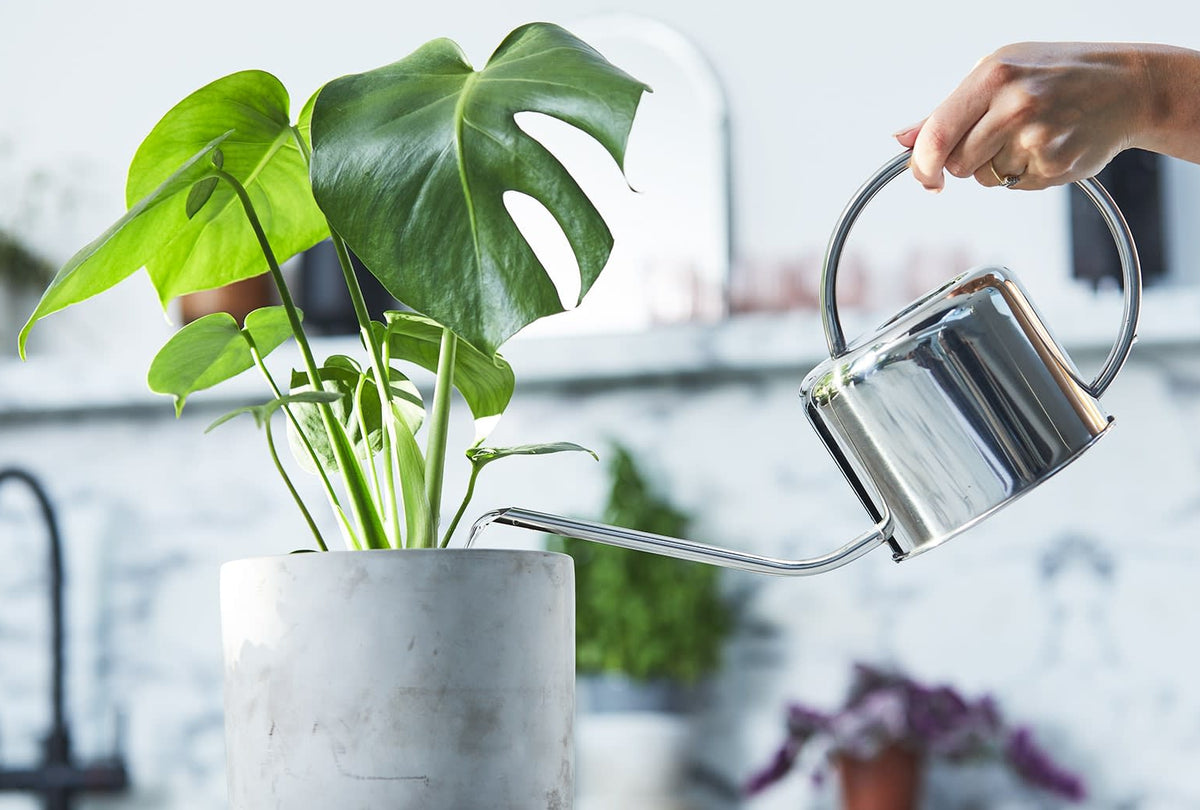The Dangers Lurking in Overwatering: Protecting Your Indoor Plants
Water is life. It's a simple truth that every gardener knows. However, while water is essential for the health and vitality of indoor plants, too much of it can spell disaster. Overwatering, a common mistake among well-meaning plant enthusiasts, can lead to a plethora of hazards that threaten the very existence of your beloved greenery.
The Silent Killer: Root Rot
At the heart of the overwatering issue lies the insidious menace known as root rot. When soil is consistently saturated with water, it deprives the roots of essential oxygen, leading to their decay. As the roots deteriorate, they lose their ability to absorb nutrients, leaving your plants weak, wilted, and susceptible to disease. Root rot is often the result of overzealous watering habits and can quickly turn a thriving plant into a wilted shadow of its former self.
Stunted Growth and Nutrient Deficiency
Overwatering doesn't just suffocate the roots; it also disrupts the delicate balance of nutrients within the soil. Excess water leaches essential minerals from the soil, making them less available to your plants. As a result, you may notice stunted growth, yellowing leaves, and overall poor plant health. Even if you continue to water diligently, your plants will struggle to thrive without access to the vital nutrients they need to flourish.
Inviting Pests and Disease
A waterlogged environment is a breeding ground for pests and diseases that can wreak havoc on your indoor garden. Fungus gnats, for example, thrive in moist soil and can quickly infest your plants, while fungal pathogens take advantage of weakened root systems to establish themselves. Once these invaders take hold, they can be difficult to eradicate, leaving your plants vulnerable to further damage.
Prevention is Key: How to Avoid Overwatering
Fortunately, preventing the hazards of overwatering is entirely within your control. By adopting a few simple practices, you can safeguard your indoor plants and promote their long-term health:
-
Know Your Plants: Different plants have different water requirements. Take the time to research the specific needs of each species in your indoor garden and adjust your watering schedule accordingly.
-
Check Before You Water: Before reaching for the watering can, always check the soil moisture level first. Stick your finger into the soil up to the first knuckle; if it feels dry, it's time to water. If it's still damp, hold off for a few more days.
-
Choose the Right Containers: Opt for pots with drainage holes to allow excess water to escape freely. Additionally, use a well-draining potting mix to prevent water from pooling around the roots.
-
Establish a Consistent Watering Routine: Rather than watering on a fixed schedule, let your plants' needs dictate your watering habits. Aim for a slow, deep watering session when the soil is dry, then allow it to dry out before watering again.
-
Monitor and Adjust: Keep a close eye on your plants for signs of overwatering, such as wilting, yellowing leaves, or soggy soil. If you suspect you've been overwatering, scale back your watering frequency and adjust accordingly.
By heeding these precautions and remaining vigilant, you can protect your indoor plants from the dangers of overwatering and ensure they thrive in their indoor habitat. Remember, when it comes to watering, less is often more. So water wisely, and watch your indoor garden flourish.


0 comments